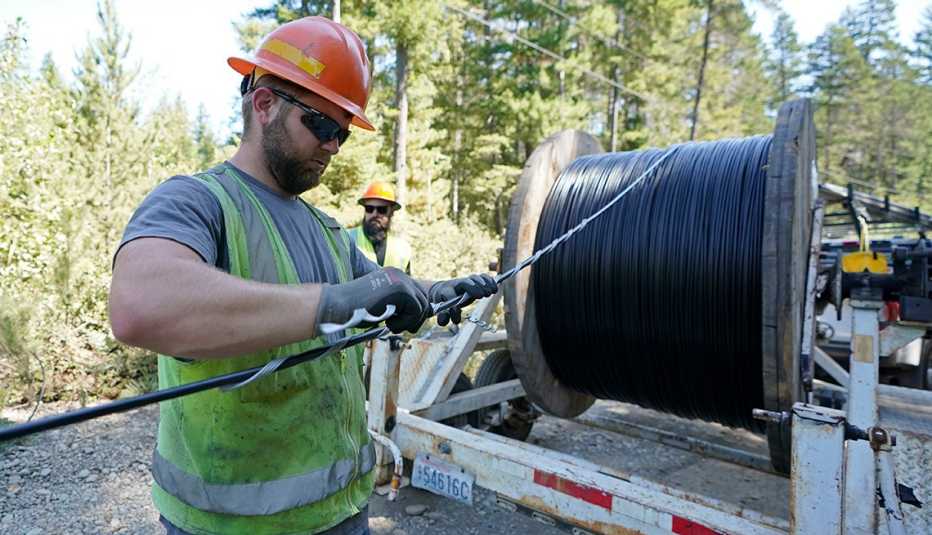Staying Fit
Massive government relief passed in response to the COVID-19 pandemic moved millions of Americans out of poverty last year, even as the official poverty rate increased slightly, the Census Bureau reported Tuesday.
The official poverty measure rose 1 percentage point in 2020, with 11.4 percent of Americans living in poverty, or more than 37 million people. It was the first increase in poverty after five consecutive annual declines.


AARP Membership— $12 for your first year when you sign up for Automatic Renewal
Get instant access to members-only products and hundreds of discounts, a free second membership, and a subscription to AARP the Magazine.
But the Census Bureau’s supplemental measure of poverty, which takes into account government benefit programs and stimulus payments, showed that the share of people in poverty dropped significantly after the aid was factored in.
The supplemental poverty measure was 2.6 percentage points lower than its pre-pandemic level in 2019. Stimulus payments moved 11.7 million people out of poverty, while expanded unemployment benefits kept 5.5 million from falling into poverty. Social Security continued to be the nation’s most effective anti-poverty program.
“This really highlights the importance of our social safety net,” said Liana Fox, chief of the Census Bureau’s poverty statistics bureau.
The Census reports released Tuesday cover income, poverty and health insurance, and amount to an annual checkup on the economic status of average Americans. They are based on extensive surveys and analysis.
In 2020, among people age 65 and older, the poverty rate was 9 percent and the total number in poverty was roughly 5 million, both essentially unchanged from 2019.
During last year’s epic economic collapse, employers shed 22.4 million jobs in March and April, the sharpest decline since records began in the 1940s. Weekly applications for unemployment benefits topped 6 million in a single week in April, by far the highest on record. Since then, the economy has recovered three-quarters of those lost jobs, but the U.S. still has 5.3 million fewer positions than before the pandemic.



































































